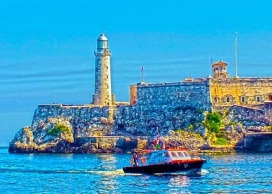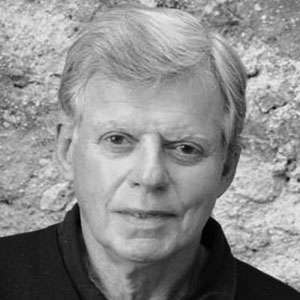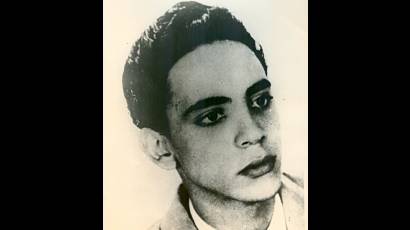
Havana ephemeris. June 16.
1935. Mario Coyula Cowley is born in Havana.

He was a noted architect and urban planner. In his professional work, he served as director of Architecture and Urbanism of Havana and of the Group for the Integral Development of the capital and first president of the Monuments Commission of Havana.
He designed houses and projected urban landscapes. His greatest contributions are those of having thought about architecture and the city in the context of revolutionary transformations. He also contributed to the training of new architects and fostered an awareness and practice of preservation and rescue of a social and cultural urban environment based on a better quality of life.
He became an outstanding teacher. He enjoyed prestige not only in Cuba but also internationally. He was the first Cuban visiting professor in postgraduate courses at the Harvard University School of Design and in the specialty of Urban Strategies at the Angewandte in Vienna. He was also part of the International Research Group on Architecture and Infrastructure based in Paris.
For his meritorious work, he was awarded the National Prize for Architecture in 2001 in Cuba and the National Prize for Cultural Heritage in 2013.
His death occurred in Havana on July 7, 2014.
1936. Miguel Ángel Oramas is born in the area of Puentes Grandes, in Havana.

It was at the Marianao Secondary Education Institute where he studied for two years that he met Fernando Chenard Piña, who took him to work at his photography studio. Together they linked up with the young people who, grouped around Fidel Castro and Abel Santamaría, were creating a Revolutionary Movement with a view to carrying out actions against the Batista dictatorship. Thus he begins to participate in meetings and shooting practices, as well as taking steps to obtain resources for the Movement. On a date close to July 26, 1953, he informed his relatives that he was going with some friends to the regattas that would take place on the Varadero beach. He actually left for Santiago de Cuba. On July 26, he was one of those who directly participated in the attack on the Moncada barracks. When the surprise seizure of the military installation fails, the revolutionary combatants have to carry out the confrontation in disadvantageous conditions. The forces of the dictatorship were superior in number of men, in quality of weapons and also had the protection of the barracks facilities. In this way it became evident that it was impossible to prolong the combat indefinitely and Fidel gave the order to withdraw. Miguel Ángel Oramas, that July 26, 1953, precisely fell shot by the soldiers' bullets when he kept shooting trying to guarantee the withdrawal of his companions.